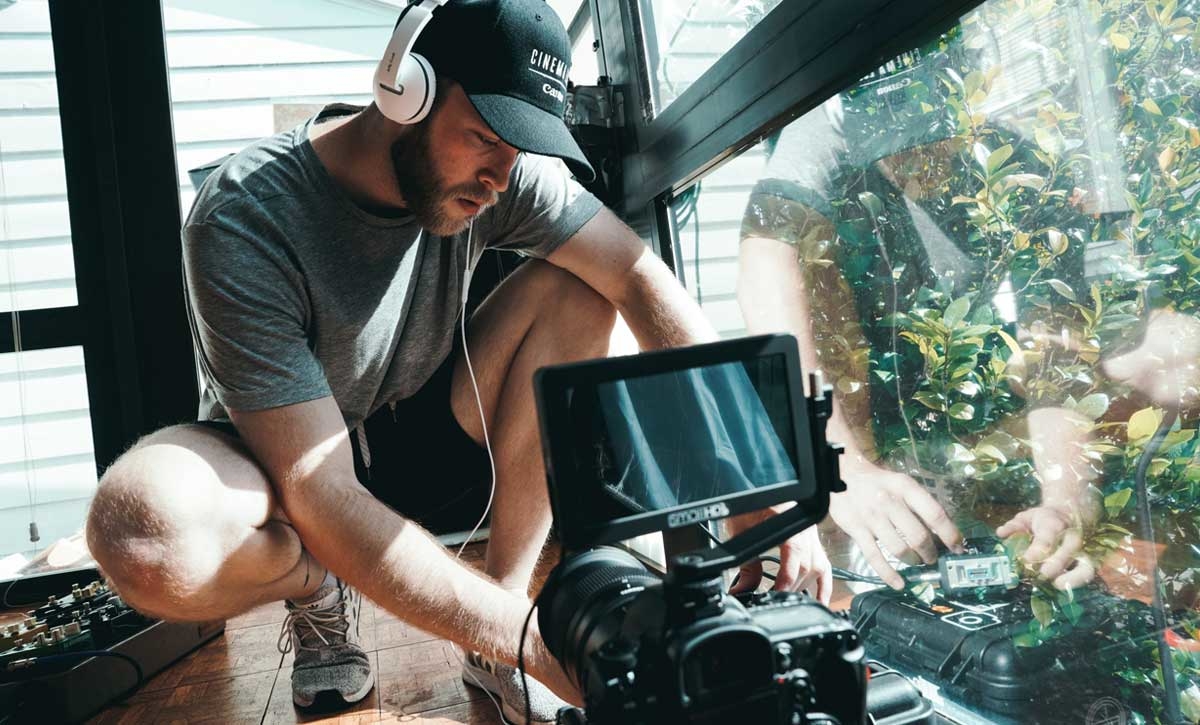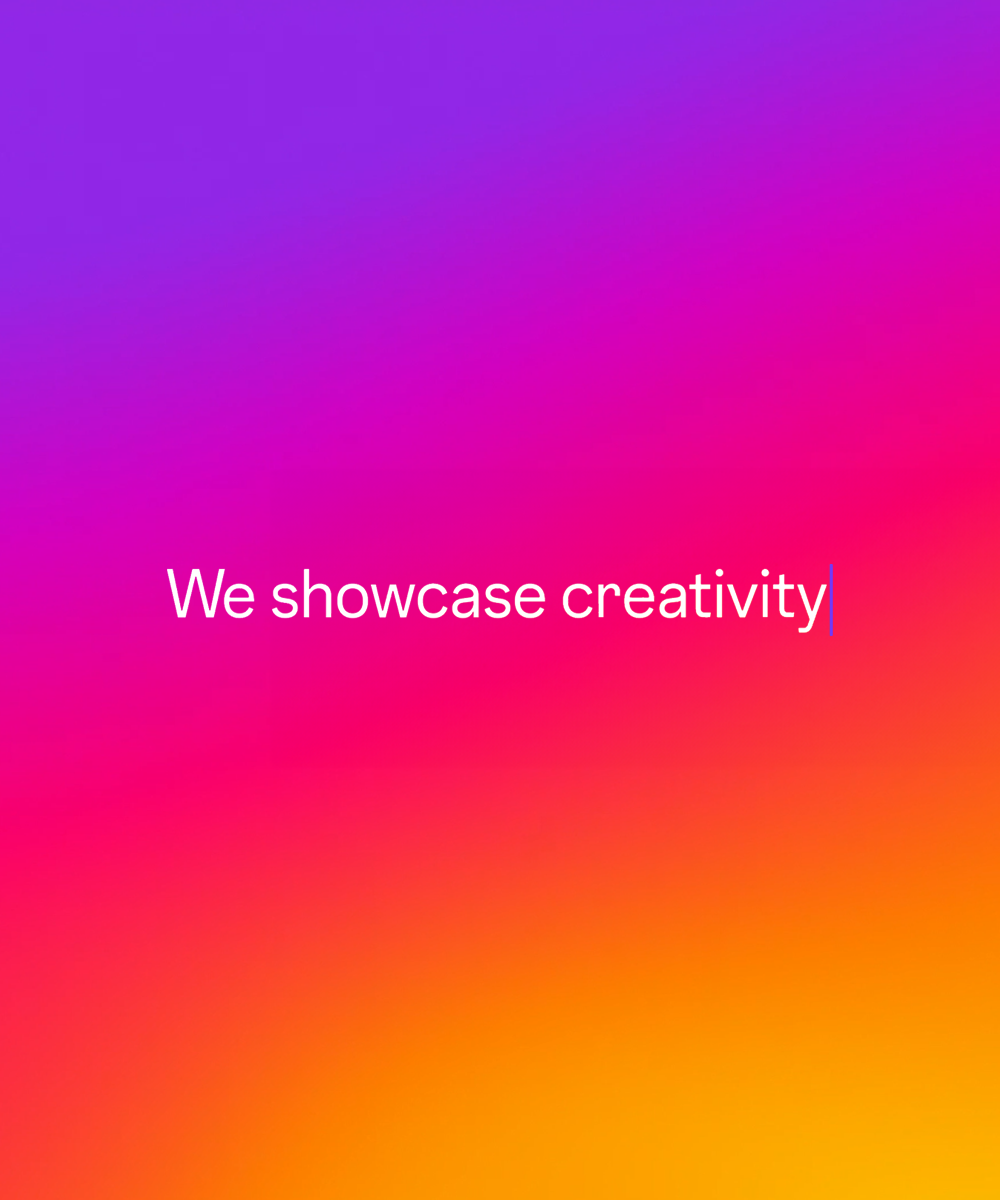The use of video has seen a meteoric rise over the past few years, spurred by a melting pot of influences. From the rise of smartphone technology, to the launch of video-based social media platforms, the way users consume content has shifted to the motion world. It’s up for debate on whether consumer choices have spurred the content-form shift or vice versa, but one thing goes without saying, video is now a vital part of the marketing mix. By 2022, online videos will make up more than 82% of all consumer internet traffic, so it’s unsurprising that 92% of marketers say that video is an important part of their marketing strategy.
Video content is no longer the preserve of multinational market leaders. It’s not an exclusive option for brands with bumper production budgets and an office full of video producers. Online video platforms and social channels like Youtube, Twitch, Mixer and TikTok are built on user-generated content, not high production budgets. Every smartphone contains a high quality video camera, and editing software is increasingly user friendly. Anyone can now create high quality video content and upload or stream it to their audience.
Video is now the go-to content when people look for more information, or for help using a product or service they have already purchased; searching for answers means searching on Google and Youtube. This pattern of behaviour requires businesses to not just be producing video content, but also to be optimising this content so that their target market can easily find it when they start searching for solutions.
Getting started with your video strategy
All roads lead to Rome and all video content leads to Youtube. As the number one video site with over two billion monthly users, Youtube is the foundation of any video strategy. Whereas social posts and livestreams are time-pressured, Youtube content can be evergreen; always easily available through the company’s page and the Youtube search engine.
Whether your company is B2C or B2B, it’s important to see video as an extension of your current communication channels. It should act as a touchpoint in the buying journey, and not a standalone or separate approach. Start with the common problems facing the target audience and why the brand is the solution.This starting point informs every future stage, setting the business on the right path to establishing a video tone of voice, a plan of topics for content, and the right set of keywords to target.
At the topline level, when first establishing a video content strategy, businesses need to marry these audience needs with their aims as a brand. Think of the customer journey and when the customer watches a video during the path to purchase; 80% of those who watch a video before buying a product do so at the very beginning. This early awareness work is key to guiding their next steps. Supporting the awareness work, informative content adds specificity to the solution. Finally, instructional content that helps retention by teaching how to get the most out of a product or service, and solving any problems the customer may have run into.
These three purposes of content naturally build into the Triple H approach. Rather than wrestling with an ad hoc, off-the-cuff production strategy, codify the approach by planning Hero, Hub and Help content.
Hero
Hero content drives awareness. These are the ‘go big’ moments revealing a new release or publishing the latest brand campaign. Successful hero content drives engagement on Youtube and social media, getting views, likes and subscribers.
Hub
Hub content is the hero’s sidekick. Regular, ‘always on’ content that can nudge your prospects a little closer to conversion, and keep viewers coming back to the page. This hub content is a little more specific, targeted at precise audience segmentations. It aims to give a smaller but steadier uplift to brand awareness, outside of the release of new hero content.
Help
Help content is self explanatory. What common questions from consumers can the business answer in a short video? These are the videos that appear when a customer goes to Google or Youtube, meaning search volume analysis is an easy way to follow the problems customers are facing.
Being visible at that moment has a number of benefits. One, it maintains engagement, cultivating a longer relationship between brand and consumer, which is important for retention. Two, it showcases the company’s expertise, a potential point of difference in the market. Three, the company can analyse their help content to track issues that consumers are facing and use the information to inspire product development.
Optimising for discovery
With a solid plan in place for the types of content to produce, the next step is to understand how to optimise it for discovery. To break this down, there are two delineated aspects to consider:
1. What can the business control?
This covers profile design, playlist creation and channel trailers.
2. What can the business influence?
Search results and sidebar recommendations are the two key discovery methods to optimise content around, this means giving videos an appropriate name based on high volume keywords and tagging videos with each appropriate hashtag to boost discovery.
For anyone familiar with search engine optimisation, this will be recognisable territory. Starting to optimise for search and recommendations is a highly important step to take, as 70% of what people watch is determined by the recommendation algorithm.
To ensure optimised video content, put together a best practice playbook that gives each colleague the knowledge they need to upload videos that consumers can find through search and sidebar recommendations.
With a content plan and an understanding of how to optimise the videos for Youtube and online search, it is time to think about how the Youtube content can be reused across social media. This depends on the platform, tailoring content to fit the viewing habits of users across each app. Shorter content may play better on Twitter, while highly technical topics drive more engagement on Linkedin. There is a learning curve as each company is different, but audience preferences will quickly emerge in terms of video topic, length and format. By recycling content, the business can get as much value as possible out of it.
Putting together a content strategy, establishing a creator’s playbook, understanding Youtube SEO, and working on content reuse will put your business in a strong position whenever a potential customer is looking for an answer online. But don’t forget that content is an ongoing process. Keep reviewing what works and what doesn’t, and use this information to constantly improve to establish a content channel that further drives success.
More Insights?
View all InsightsQuestions?
Managing Director, Design & Technology UK





